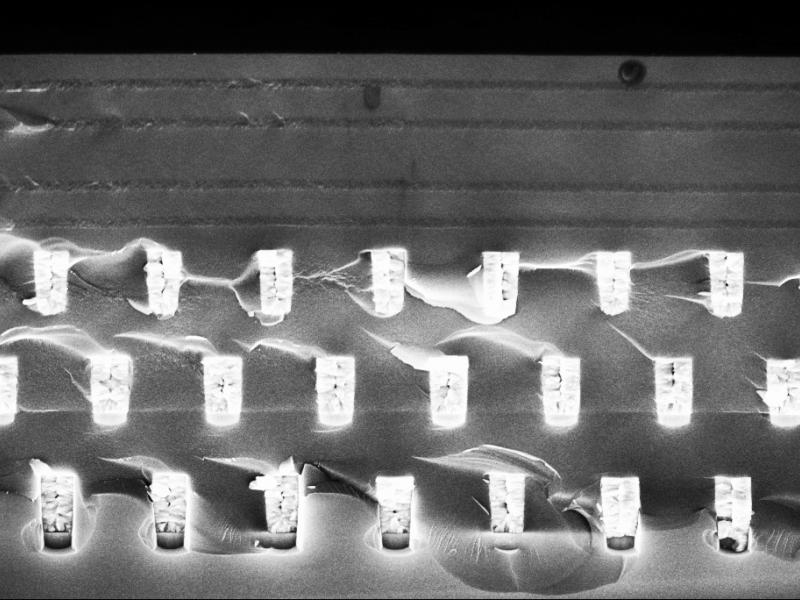Could there be a new kind of light in the universe? Since the late 19th century, scientists have understood that, when heated, all materials emit light in a predictable spectrum of wavelengths. But a new research published in Nature Scientific Reports by researchers at Rensselaer Polytechnic Institute presented a material that emits light when heated that appears to exceed the limits set by that natural law.
The new material discovered by Shawn Yu Lin, lead author and a professor of physics at Rensselaer Polytechnic Institute, defies the theory proposed by Max Planck in 1900, which mathematically described a pattern of radiation. The material emits a coherent light similar to that produced by lasers or LEDs, but without the costly structure needed to produce the stimulated emission of those technologies. In addition to the spectroscopy study just published in Nature Scientific Reports, Lin previously published an imaging study in IEEE Photonics Journal. Both show a spike in radiation at about 1.7µm, which is the near-infrared portion of the electromagnetic spectrum.

(Image: Rensselaer Polytechnic Institute)
“These two papers offer the most convincing evidence of ‘super-Planckian’ radiation in the far-field,” said Lin. “This doesn’t violate Planck’s law. It’s a new way to generate thermal emission, a new underlying principle. This material, and the method that it represents, opens a new path to realize super-intense, tunable LED-like infrared emitters for thermophotovoltaics and efficient energy applications.”
For his research, Lin built a three-dimensional tungsten photonic crystal — a material that can control the properties of a photon — with six offset layers, in a configuration similar to a diamond crystal, and topped with an optical cavity that further refines the light. The photonic crystal shrinks the spectrum of light that is emitted from the material to a span of about 1 µm. The cavity continues to squeeze the energy into a span of roughly 0.07µm.
In both the imaging and spectroscopy study, Lin prepared his sample and a blackbody control — a coating of vertically aligned nanotubes on top of the material — side by side on a single piece of silicon substrate, eliminating the possibility of changes between testing the sample and control that could compromise the results. In an experimental vacuum chamber, the sample and control were heated to 600 degrees Kelvin.
In Nature Scientific Reports, Lin presents spectral analysis taken in five positions as the aperture of an infrared spectrometer moves from a view filled with the blackbody to one of the material. Peak emission, with an intensity of 8 times greater than the blackbody reference, occurs at 1.7 µm.
Although theory does not fully explain the effect, Lin hypothesizes that the offsets between the layers of photonic crystal allow light to emerge from within the many spaces inside the crystal. The emitted light bounces back and forth within the confines of the crystal structure, which alters the property of the light as it travels to the surface to meet the optical cavity.
The new material could be used in applications like energy harvesting, military infrared-based object tracking and identification, producing high efficiency optical sources in the infrared driven by waste heat or local heaters, research requiring environmental and atmospheric and chemical spectroscopy in the infrared, and in optical physics as a laser-like thermal emitter.
